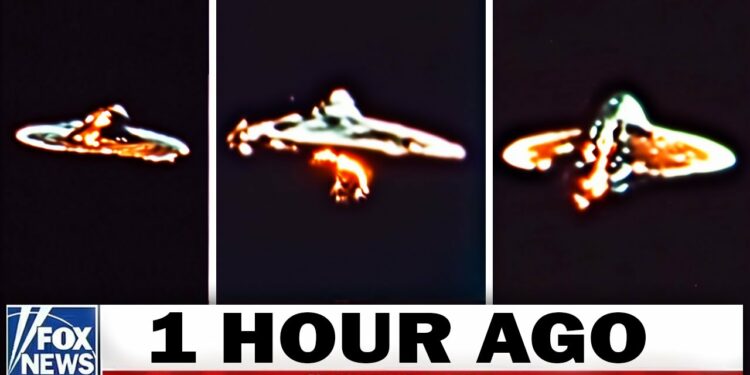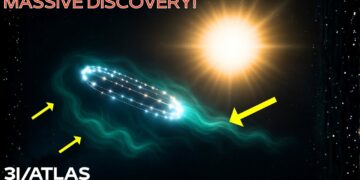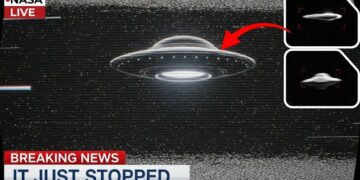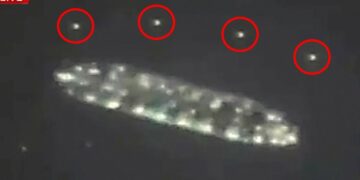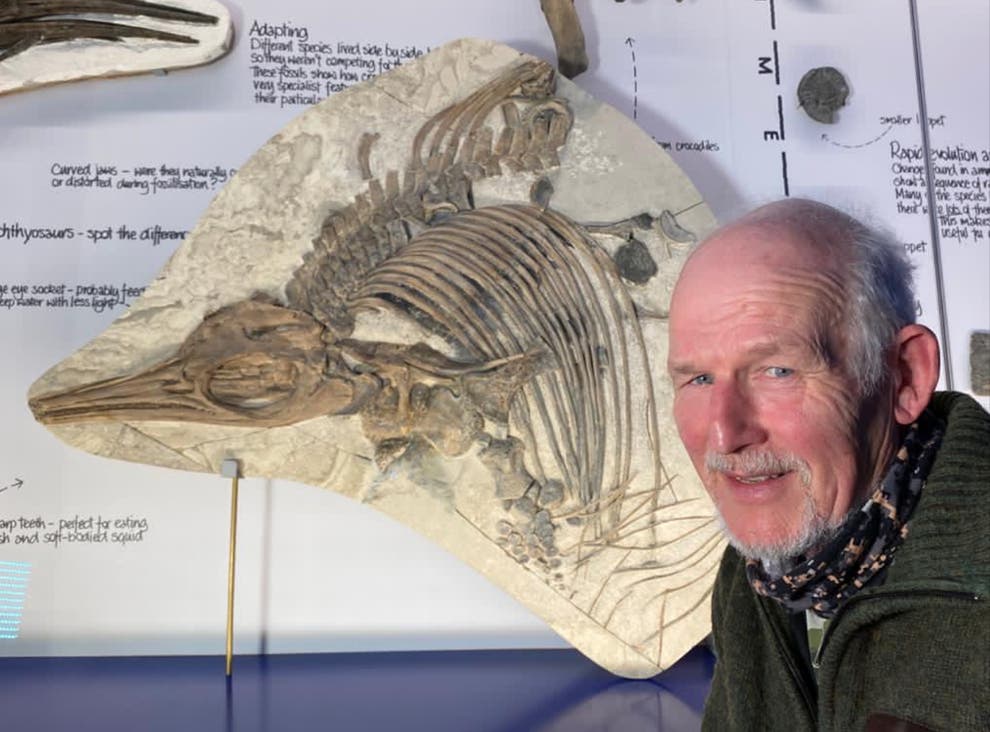NASA’s Voyager 1, the farthest human-made object in the universe, is drifting through the vast darkness of interstellar space, where it has encountered something inexplicable. Launched in 1977, this small spacecraft—about the size of a car—has traveled over 15 billion miles, far beyond the reach of our sun’s influence, making it the first human creation to enter the realm between stars. Its radio signals, traveling at the speed of light, take 22 hours to reach Earth, meaning a single command and response cycle spans nearly two days. Designed with 1970s technology and powered by a plutonium-based nuclear source expected to fade by the early 2000s, Voyager 1 was never meant to endure this long. Yet, nearly five decades later, it continues to communicate, carrying outdated instruments like magnetometers, cosmic ray detectors, and plasma wave sensors, alongside the iconic golden record—a message of Earth’s sounds, music, and greetings intended for any distant intelligence.
Recently, Voyager 1 detected an anomaly: a faint signal, initially dismissed as cosmic noise, revealed an object moving with deliberate precision, curving and accelerating in ways unlike any natural phenomenon. This wasn’t debris or a random particle; its smooth, controlled motion suggested intent, akin to a drone rather than a rock. As scientists at NASA’s Jet Propulsion Laboratory analyzed the data, they found not one but 305 objects moving in a coordinated formation, exhibiting rhythmic plasma wave pulses that hinted at engineered design. These objects, showing no heat signatures or conventional propulsion, moved with speeds and patterns defying known physics, some even exceeding the Milky Way’s escape velocity. Remarkably, Voyager 2, millions of miles away, detected a similar signal, confirming the phenomenon was real and not a glitch.
The objects’ behavior—organized, precise, and accompanied by structured pulses resembling quantum oscillations—suggested either advanced technology or an unknown natural force bending the rules of physics. Adding to the mystery, Voyager 1 began reconfiguring its own systems in unprogrammed ways, reactivating dormant memory segments and rerouting telemetry after a magnetic pulse from the objects. This wasn’t decay or error; it was systematic, as if the spacecraft had been altered by an external influence. Meanwhile, on Earth, amateur radio operators reported faint, rhythmic signals aligning with Voyager’s detections, raising questions about whether these were accidental echoes or intentional broadcasts.
NASA has since encrypted its deep space telemetry and issued a level three alert for phenomena beyond current scientific understanding. Archival searches found no prior instances of such events in Voyager or other missions, suggesting this is either a new phenomenon or something previously cloaked. Theories range from these objects being alien probes to exotic natural entities, but their ability to manipulate space itself—moving without conventional propulsion—challenges our understanding of the universe. Voyager’s analog simplicity may have made it the perfect observer, free from modern probes’ digital noise, inadvertently capturing signals that could be part of an interstellar network.
The implications are profound. Is Voyager an accidental witness to a cosmic communication channel, or was it chosen? If these objects are broadcasting, who is meant to receive their message? Most unsettlingly, what happens if Voyager responds? As scientists grapple with these questions, Voyager 1—our lonely pioneer—remains in the dark, listening, and perhaps becoming part of something far greater than humanity ever imagined.

